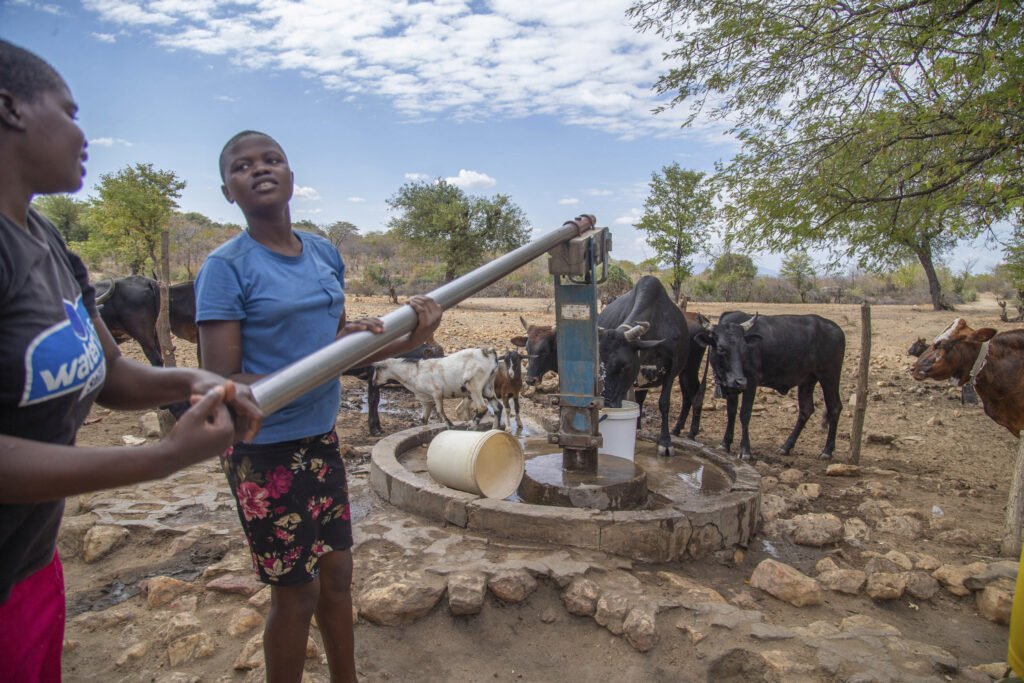The United Nations has warned that southern Africa could become a “full-scale man-made disaster” as southern Africa faces a severe drought.
The United Nations’ World Food Program (WFP) issued a warning on Tuesday, adding that more than 27 million people have been affected, making it the region’s worst hunger crisis in decades.
Five countries – Lesotho, Malawi, Namibia, Zambia and Zimbabwe – have declared national disasters as drought destroys crops and millions of people struggle to survive.
WFP estimates that 21 million children across the region are currently malnourished, with families relying on small-scale rain-fed agriculture facing crop failure and severe food insecurity. There is.
Villagers pump water from a well in Muzi, Zimbabwe, on Tuesday, July 2, 2024. Months of drought in southern Africa caused by the El Niño phenomenon has left some villagers scrambling to collect water, the United Nations food agency said. Tuesday, July 2, 2024, at a well in Muzi, Zimbabwe. The United Nations food agency said the months-long drought in southern Africa caused by the El Niño phenomenon has devastated more than 27 million people and triggered disasters. This is the region’s worst hunger crisis in decades. Details Aaron Eufmeri/AP
“This is the worst food crisis in southern Africa in decades,” said WFP spokesperson Thomson Phiri. “The crops have failed and the livestock have died, but the children are lucky to have one meal a day.”
Droughts predicted last year are being made worse by rising global temperatures due to climate change.
Millions of people rely on agriculture to feed their families and make a living, but below-average rainfall and intense heat have wiped out crops.
“October is the start of the lean season in southern Africa, with each month expected to be worse than the previous year until next year’s harvest in March and April,” Phiri said.
In addition to the five countries that have declared a state of emergency, Angola and Mozambique are also suffering from the effects of the drought.
Phiri said WFP needs $369 million in immediate aid but has so far received only a fifth of that amount.
He said WFP had begun providing food assistance and other “critical assistance” at the request of various governments in the region.
Global humanitarian needs have reached critical levels, and aid is also needed in conflict zones such as Gaza and Sudan.
This lack of funding could hamper efforts to provide much-needed food assistance in southern Africa.
The United States Agency for International Development (USAID) has announced that this drought is the worst in 100 years.
El Niño, which warms parts of the central Pacific Ocean and disrupts weather patterns, is a key factor in the crisis, which is being exacerbated by climate change.
Zambia and Zimbabwe have suffered prolonged power outages due to low water levels at the Kariba Dam, which supplies both countries with hydropower.
In Namibia and Zimbabwe, authorities have resorted to killing wild animals, including elephants, to provide meat to hungry people.
Scientists say sub-Saharan Africa is one of the world’s most vulnerable regions to climate change due to its high dependence on rain-fed agriculture and natural resources.
This article includes reporting from The Associated Press

